I thought it might be a good time for a PSA about how to keep your plants healthy on the way home from the nursery and once they get there. It might seem simple, but believe me, it warrants a reminder. Plants are tended with great care at Rainbow Gardens and from the moment they leave our nursery, they are entrusted to you to continue that care. Here are a few reminders to make it easy on you.
Bringing Plants Home from the Nursery
First and foremost, have a plan for your plants BEFORE you shop. Nursery transplants are not meant to sit in their original containers for days or weeks (or heaven forbid, months) on end while you get around to digging your garden. Especially during periods of extended heat and drought (ahem, now), the soil in these containers can dry out very quickly, drying the plant along with it.
At Rainbow Gardens, we have employees watching each and every section to gauge if those transplants need watering daily, twice daily, or more. Most of us outside of the nursery do not pay that much mind to the watering needs of our plants. So…don’t do it. Wait until you have dug your garden, are ready to plant, and can take the time to focus on daily watering needs to establish your tender and new transplants.
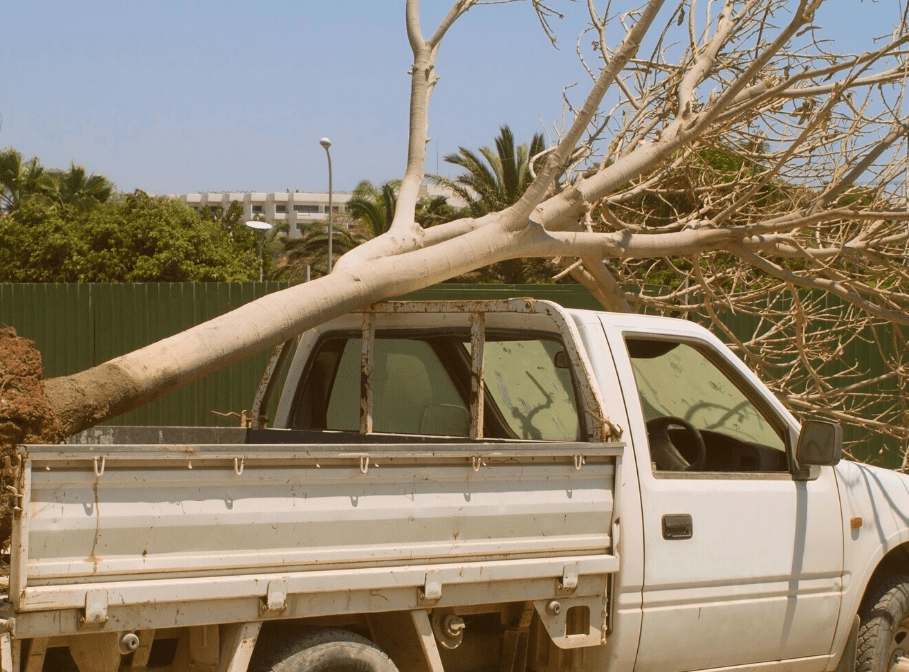
When you are bringing home larger trees and shrubs, first see tip number one, next make sure you cover their tops (leaves) during transport. Uncovered trees and shrubs, and actually any plant with exposed leaves, can get windburned on the way home. This will set your plants back quite a bit. They can also lose their leaves during the drive leaving you with a specimen that looks more like a Charlie Brown Christmas tree than the lush tree or shrub you purchased. Don’t stress out your plants, man! Wind causes excessive and immediate water loss from the leaves (transpiration). Don’t think that you can just drive slow. Cover your plants with protective material.
P.S. Also, please don’t carry your trees by the trunks. Trunks are not a handle, hold the bottom of the pot to transport your trees.
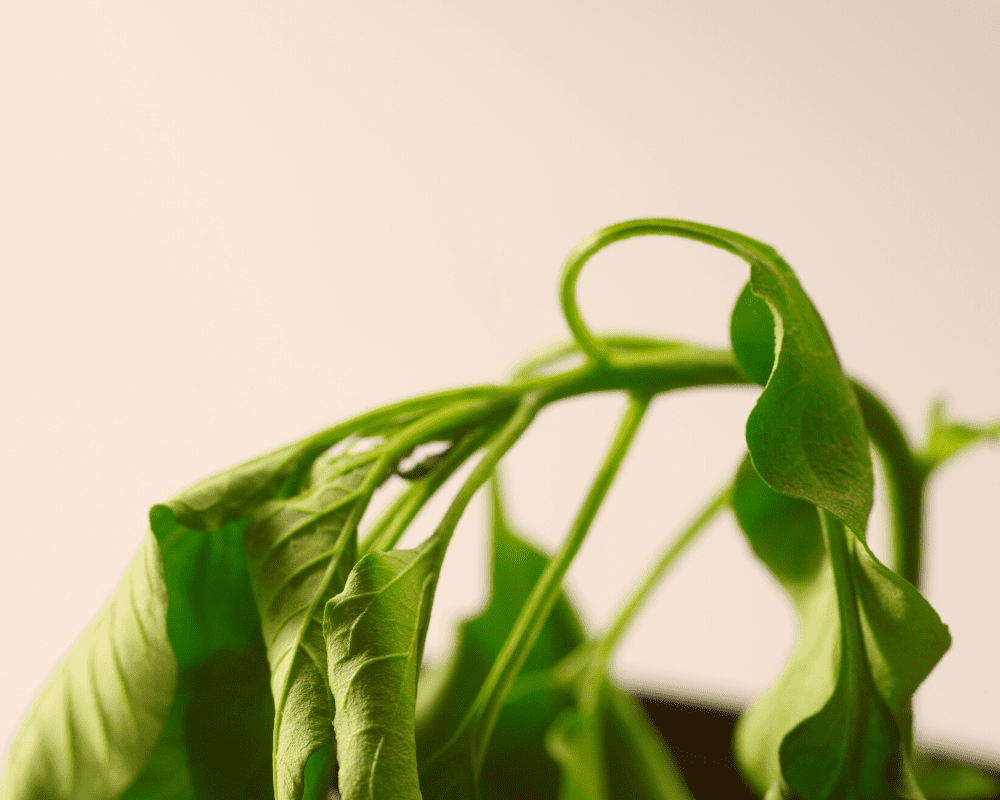
Speaking of being on the way home, make your visit to Rainbow Gardens the last stop during your errands. PLEASE don’t leave your plants in your hot car while you run into HEB for the week’s groceries. Your plants will be gasping for air, melting into sludge, or crisping faster than a frozen pizza in an airfryer. Just like you don’t leave other living things in your car on a hot day (kids, pets, grandmas), plants are living things too. Make Rainbow Gardens your only stop of the day (that way you can spend as much time as you want shopping), or the last stop.
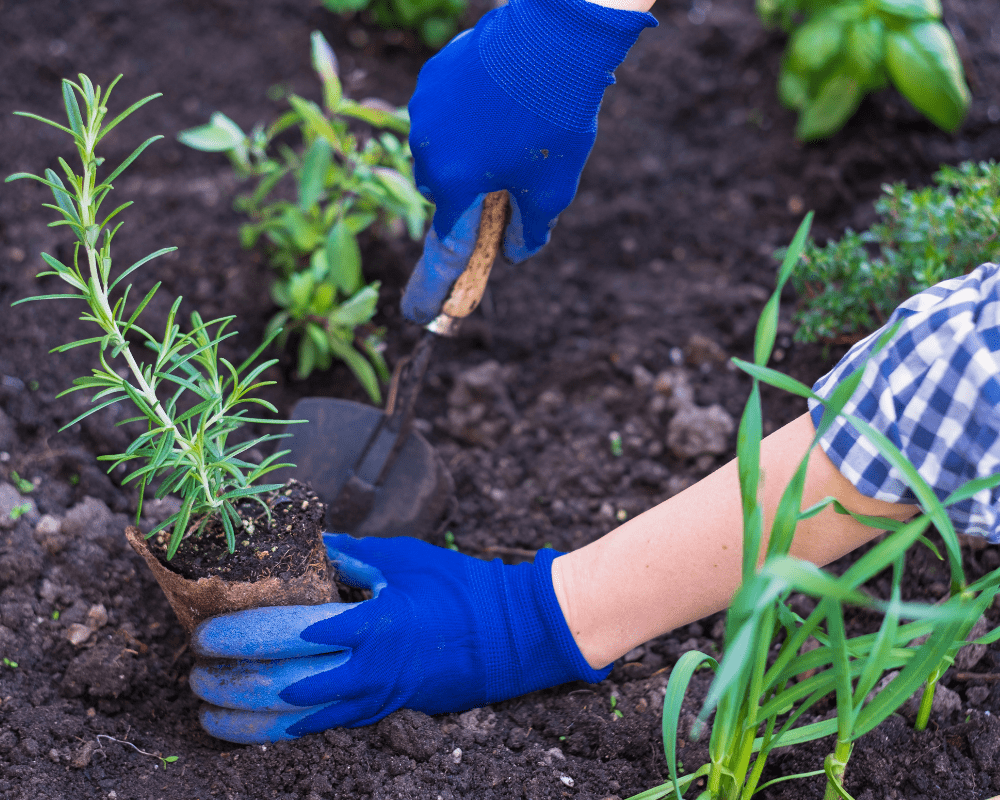
Once you are home, plant your plants! If you need an extra day because you ran out of time or something unexpected came up, put your plants in a shaded area and check the nursery containers to feel if the soil is moist. If not, water them thoroughly and make plans to plant them the next day. I can’t tell you how many times I take walks through my neighborhood and see abandoned nursery pots with the shriveled up remains of a plant sitting outside of a garage or next to a garden plot. It takes everything in me to not run up to spray them with a hose in case there is some life left in them!
*An exception to taking plants out of their nursery pots may be houseplants. It is a good idea to leave them in those for a little bit without disturbing their roots as they adjust to the elements of your home. They can experience a little bit of shock adjusting to new light, temperature, humidity, water schedule, etc…; waiting to transplant them to a new pot can reduce some of that shock. (Don’t be alarmed right away if a few leaves fall off, it might just be the adjustment period.) You can always slide the pot into a larger decorative pot or container for the time being. Just make sure the larger pot has drainage holes or take out the nursery pot to let it drain when watering.
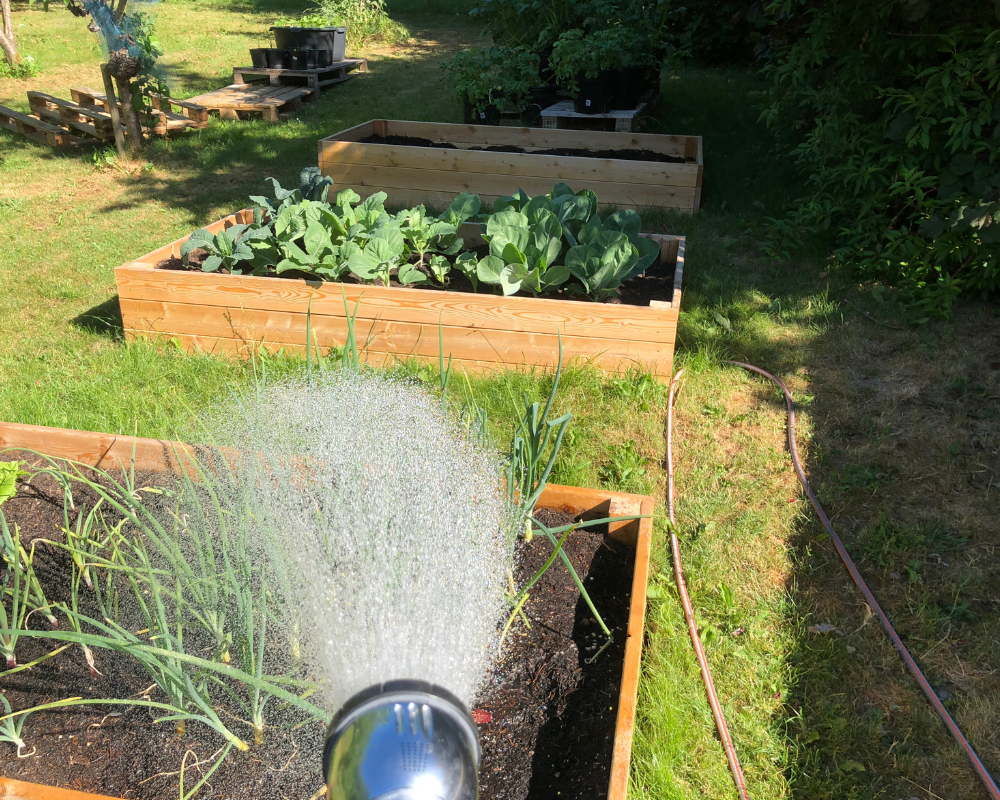
Remember that newly planted plants need extra care and attention to watering needs when getting them established. It’s best to water gardens and planting sites the day or two before planting, and then again immediately after planting. Check on newly planted plants every day. Feel the soil with your fingers so you learn how often to water. Don’t judge by looks only. You need to know how far down the soil is moist or dry.
Of course there is a lot more that goes into taking care of your plants, but I just wanted to give a few reminders on how to do it from the very start. From the nursery to your home, we always want the best for your plants!
~The Happy Gardener, Lisa Mulroy

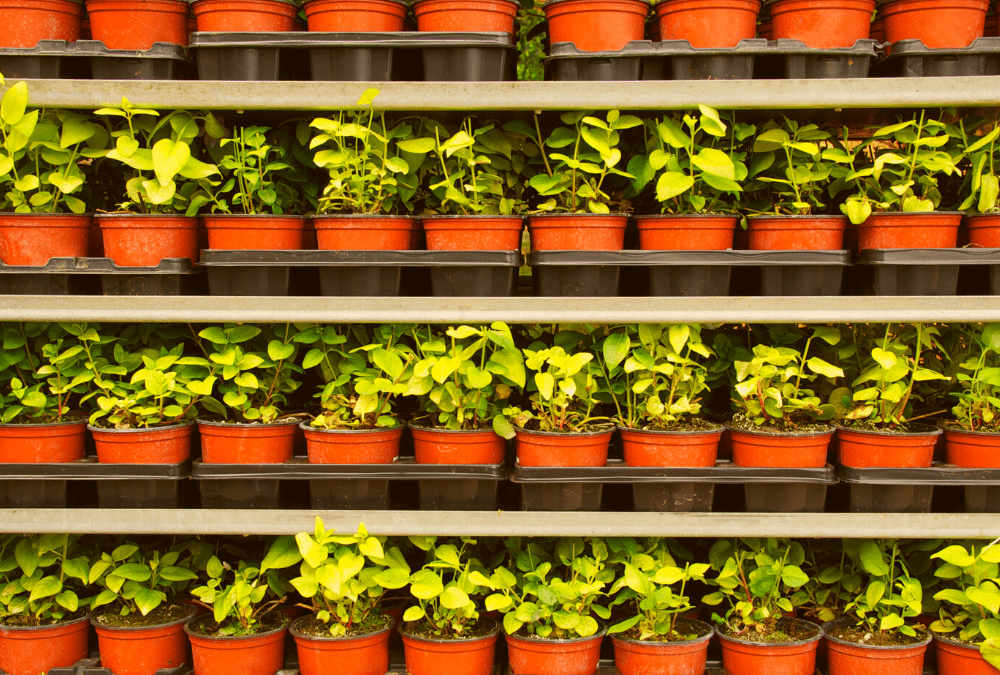
I need support
Iv got a new tree 🎄
Its name is Thespesia populnea
Hello Thuria,
That is a native Hawaiian tree that I am not familiar with. I would contact some local nurseries in Hawaii to see if they can offer you some support for the care of your tree. We are based out of San Antonio, Texas.
This is a great article! I do have a question though…Garden centers start selling in my area in late April. If you want the best selection, you have to buy flowers 2-4 weeks before they can be planted in the garden or in pots (due to cold weather we often get in May). How do I take care of the flowers until I can plant them up and keep them outside. Does putting them under grow lights help or should they just be potted into their final pots and moved in and out? Thank you for your help on this.
Hi Mary,
Grow lights are nice if you have the money for them and if you don’t have enough sufficient bright, natural light in a protected area for your plants. If you don’t have enough light, flowers can grow in a leggy fashion as they stretch to receive light.
I move mine out when it’s a nice warm day and back in at the end of the day when temps get cool again when I buy early, but that can also be a real pain.
If you want to buy early, you just have to be prepared to do some extra leg work to give the plants the conditions they require. Watch watering when plants are protected inside to make sure you aren’t overwatering and creating any fungal issues. (Feel the soil to a depth of 2″ to make sure it is dry enough to water again.)